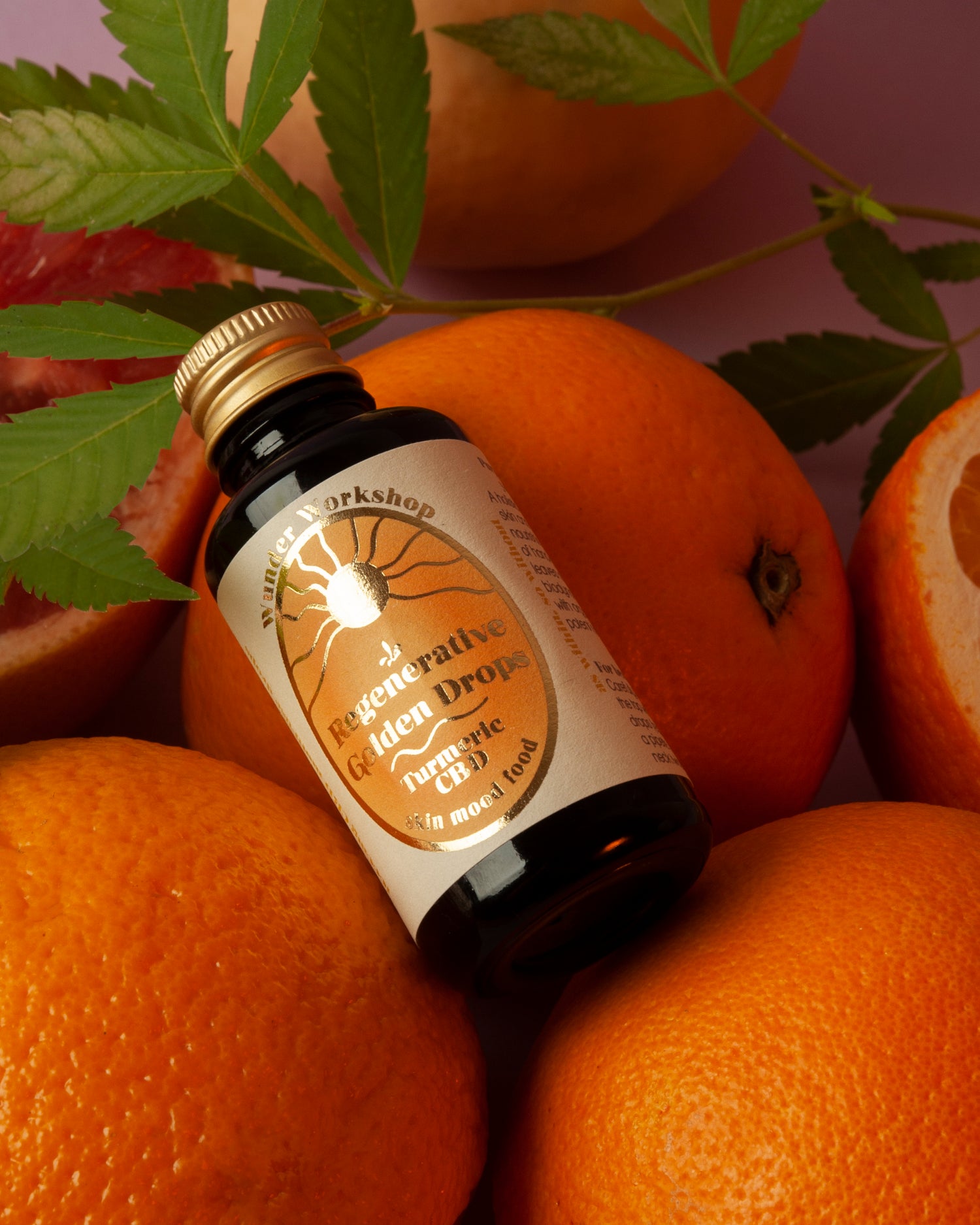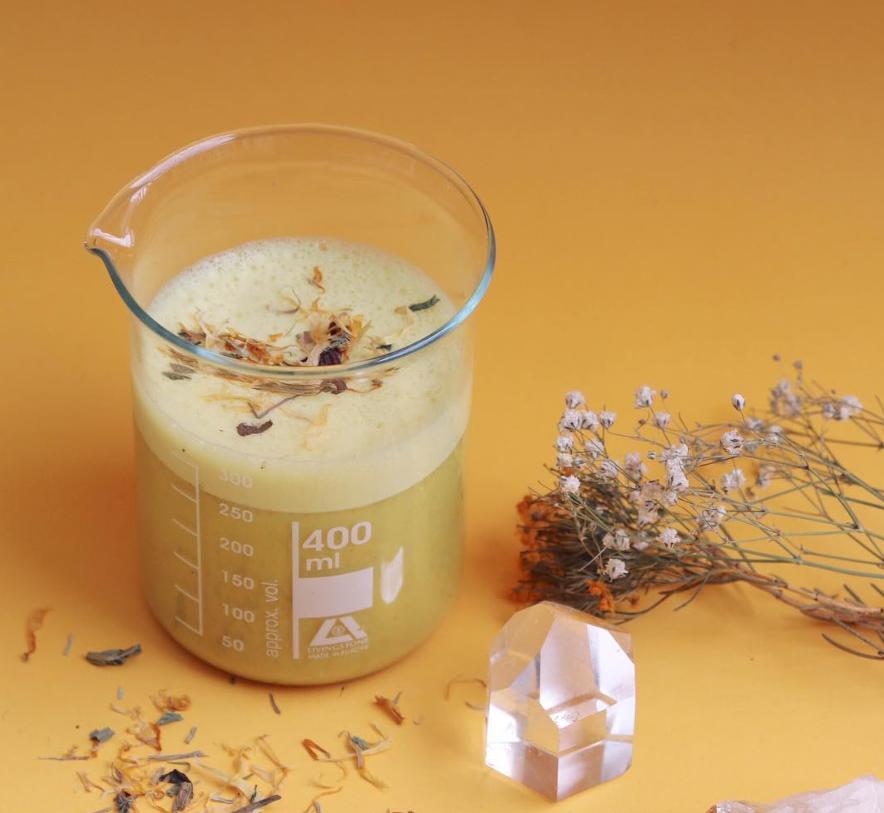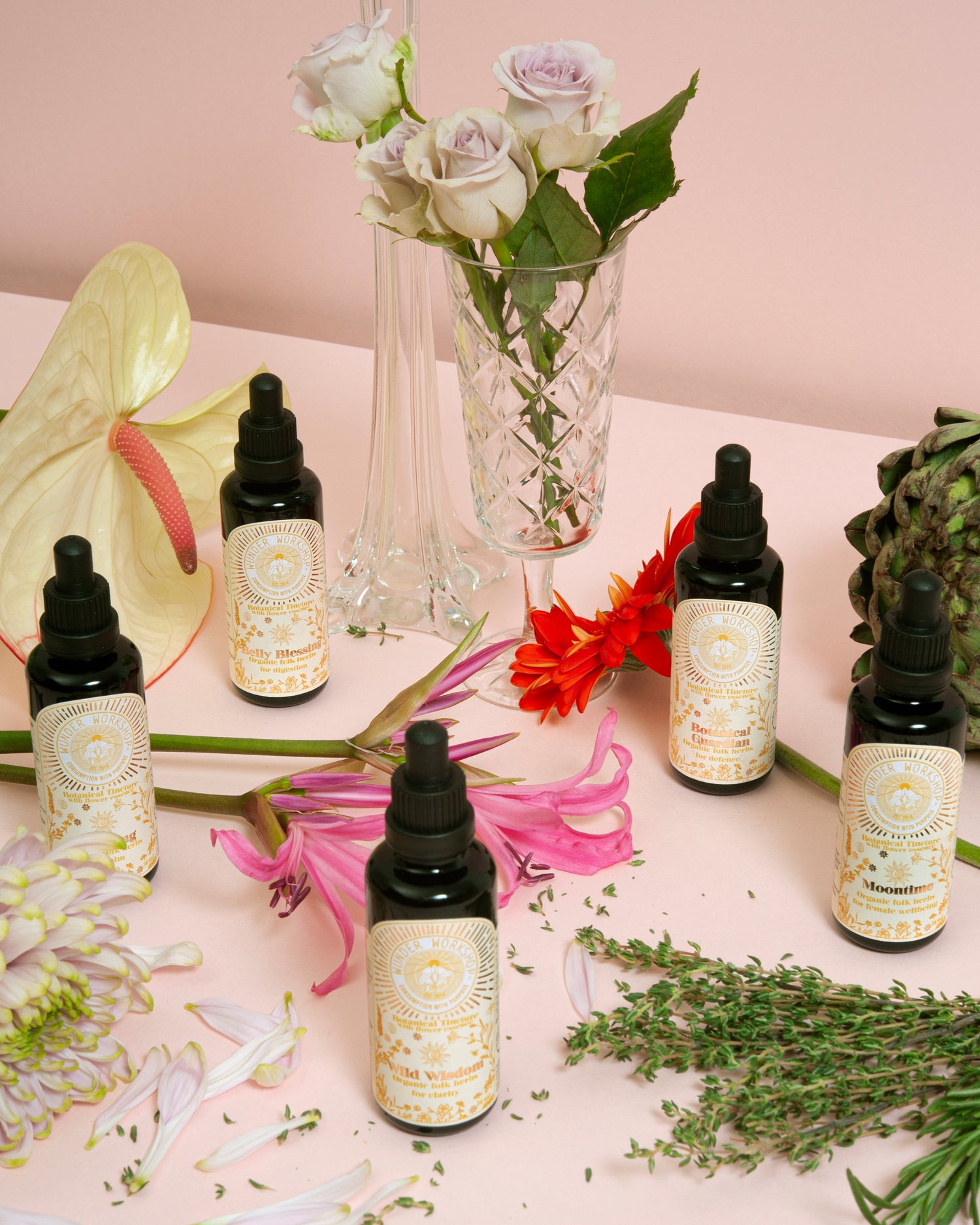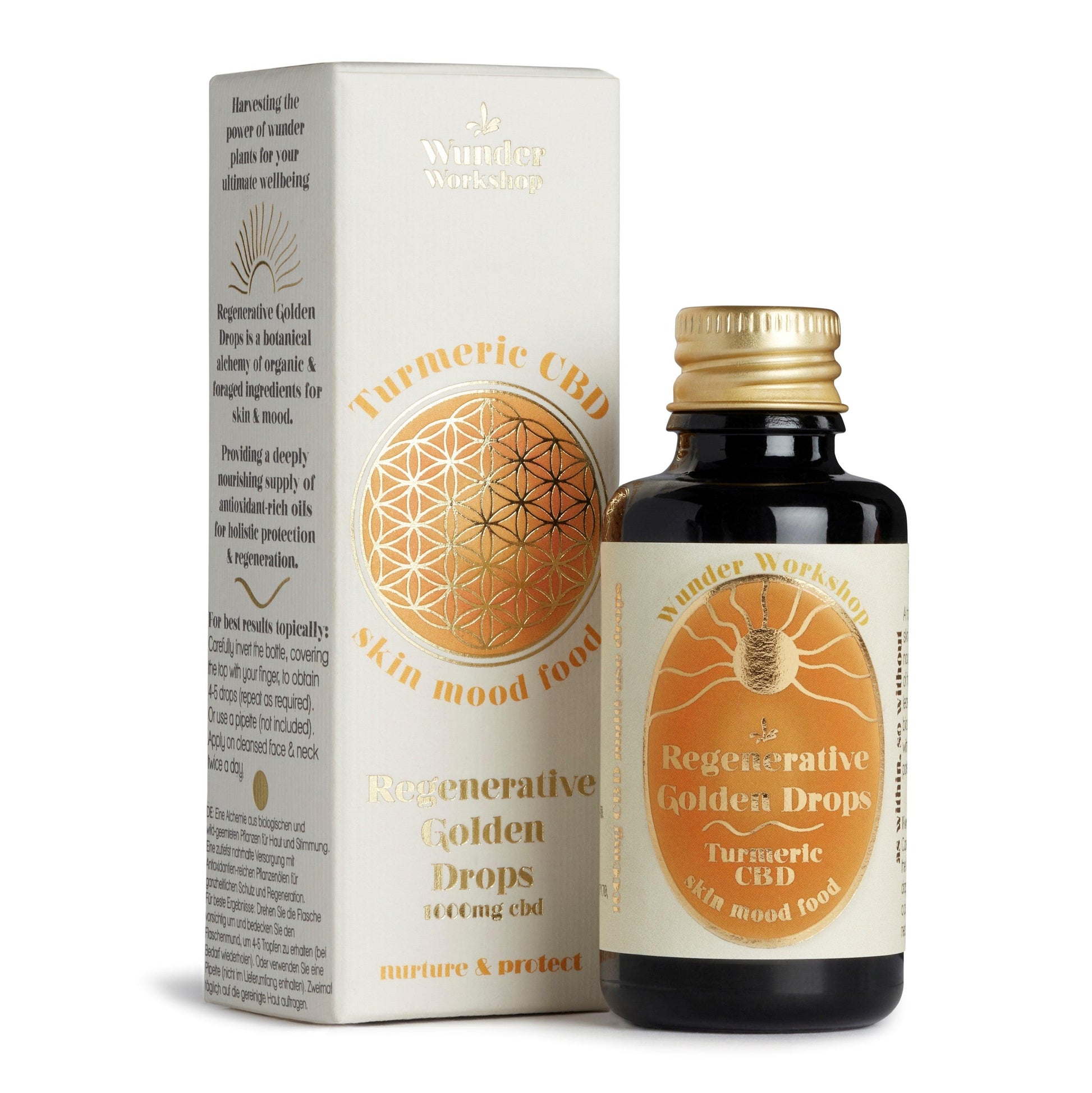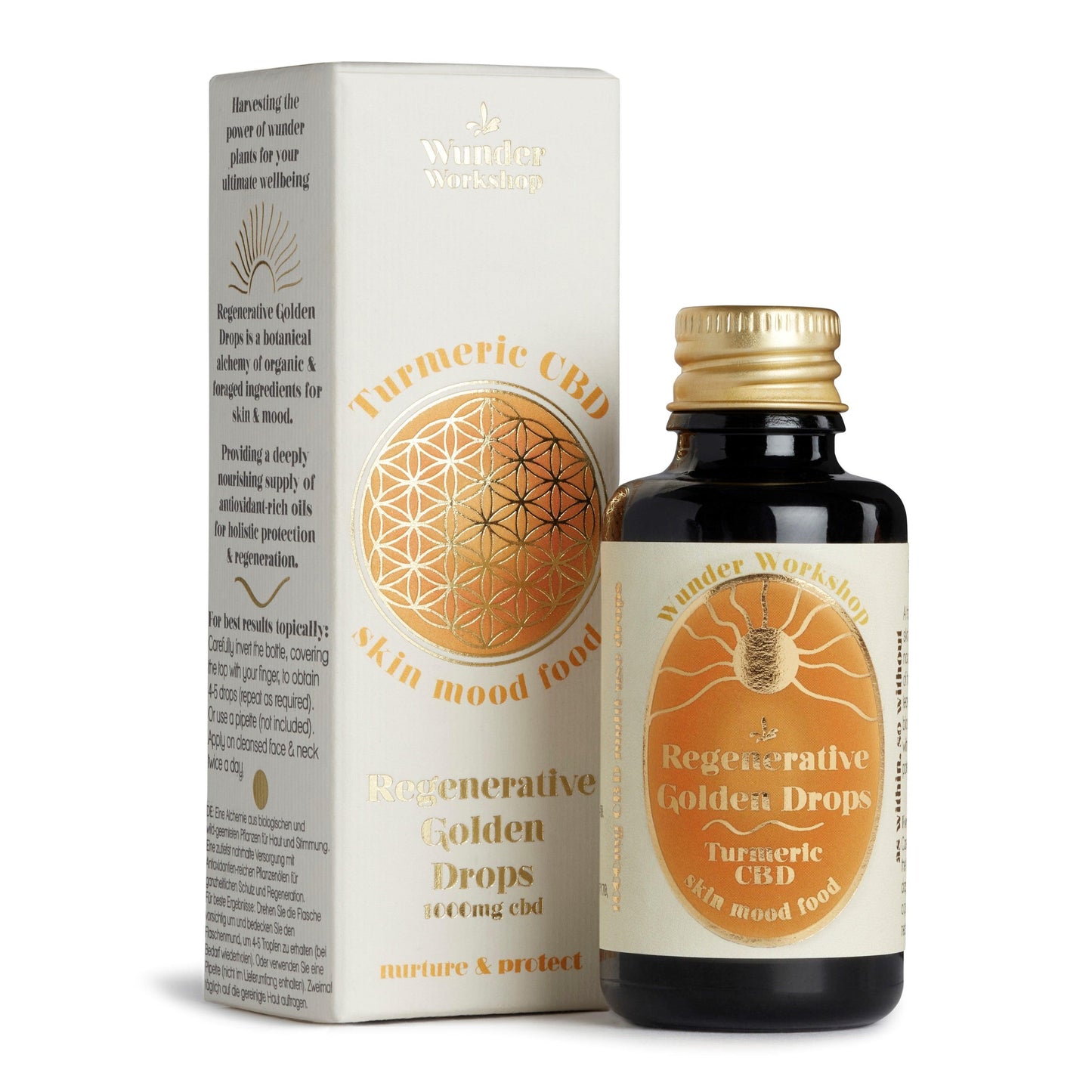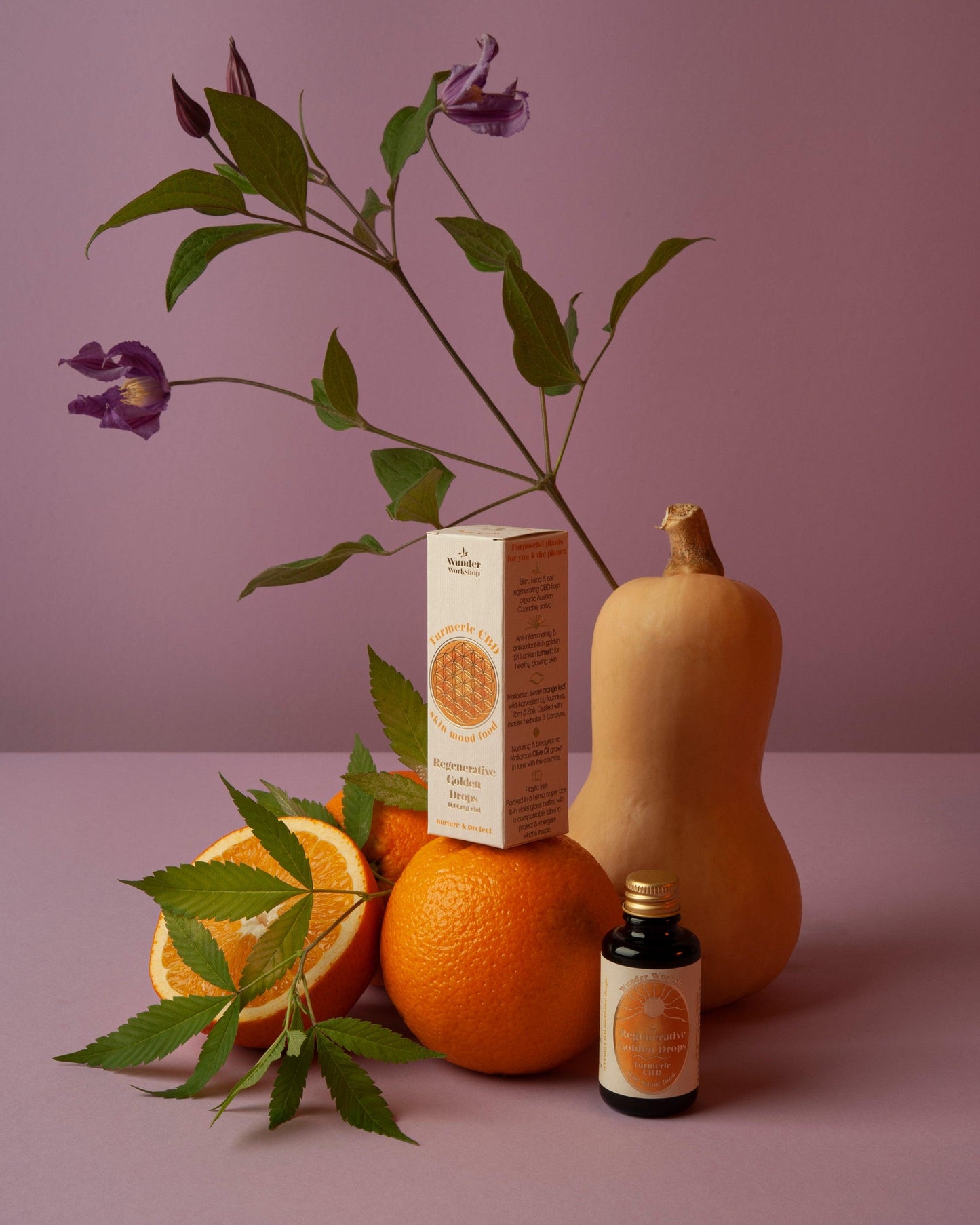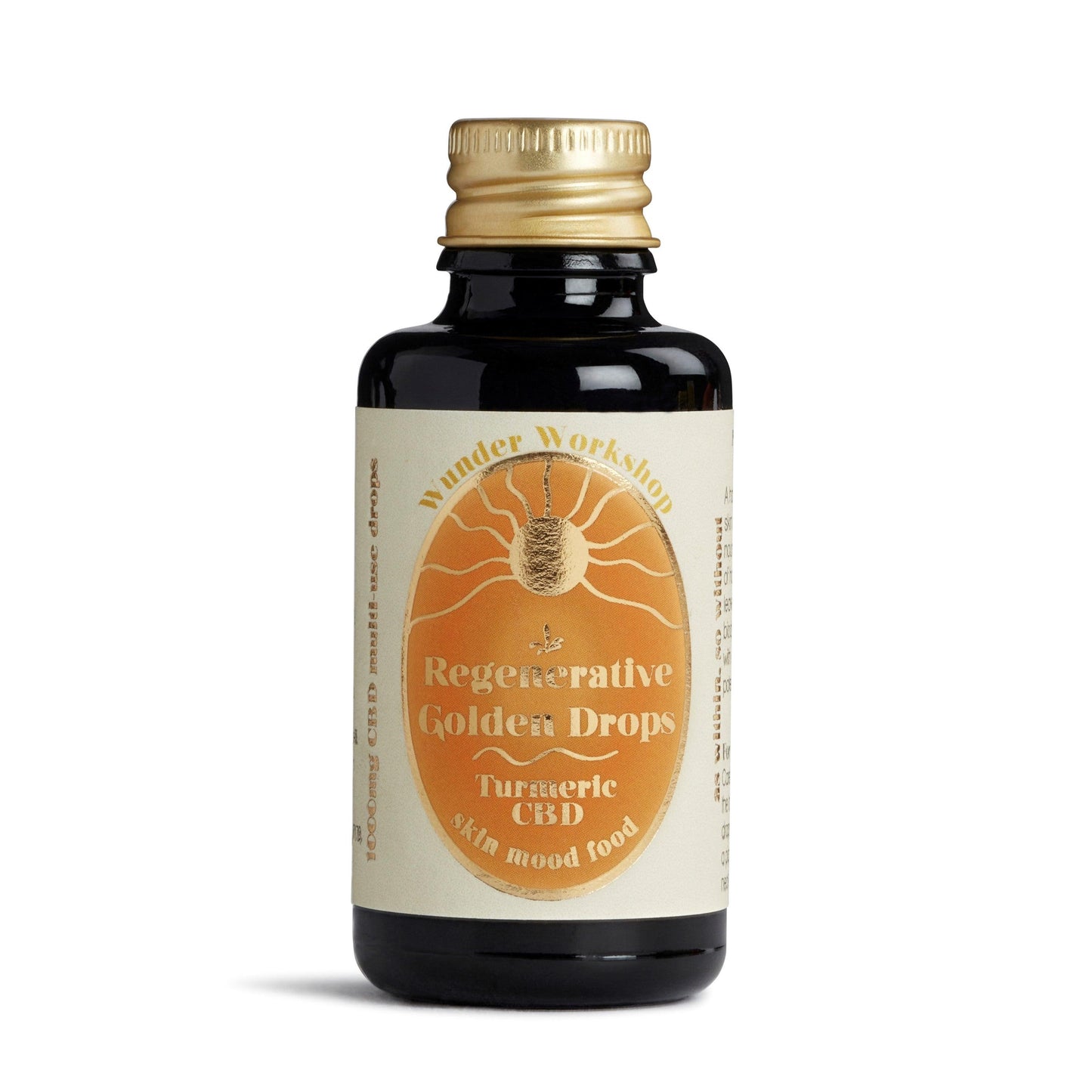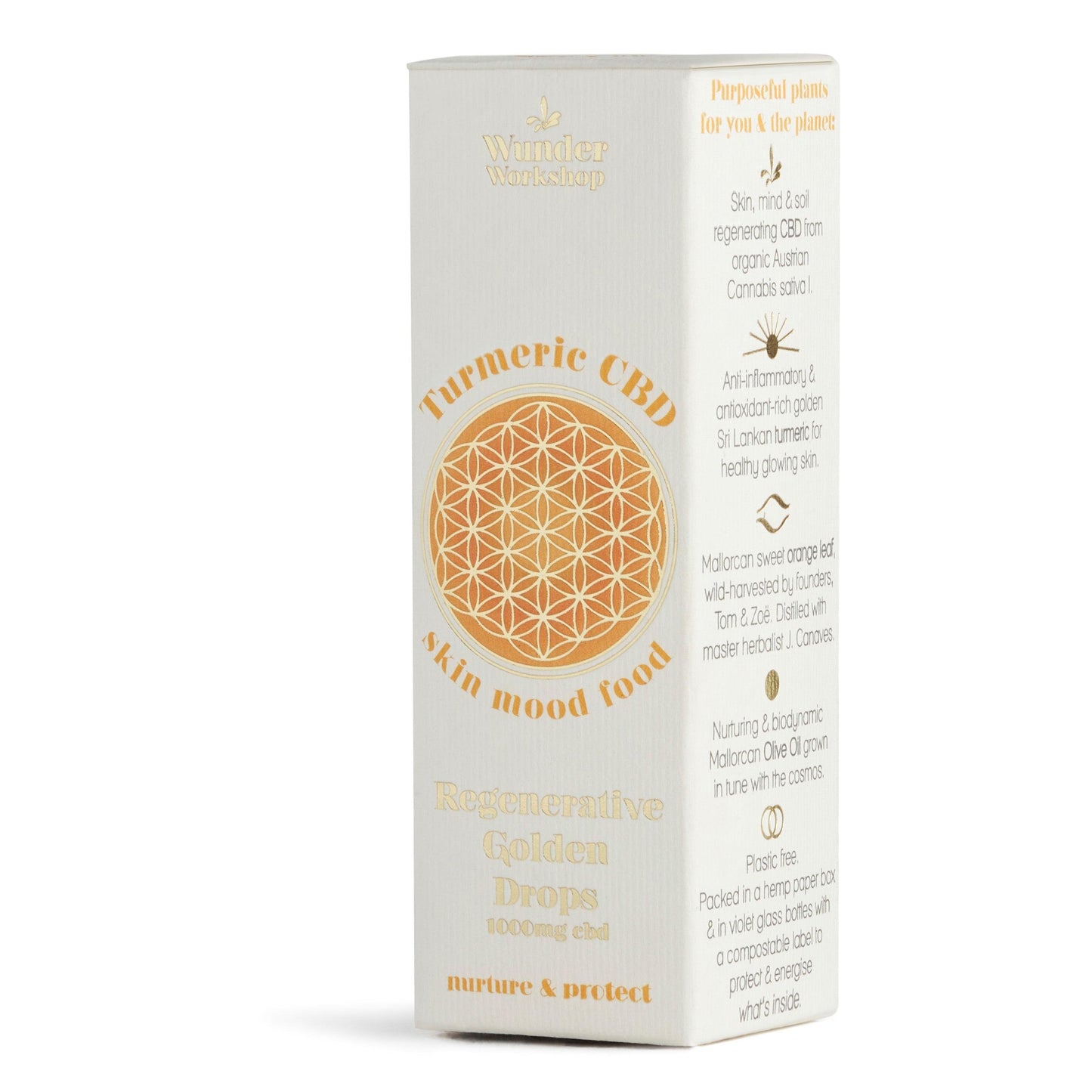
Carob has been used for centuries as a natural sweetener and as a cocoa substitute. It comes from the seed pods of the carob tree, which is native to the Mediterranean region and the Middle East. Carob has a long and fascinating history, and its benefits have been recognized by various cultures throughout the world.
You smell the carob tree long before you see it on walks in the Mediterranean - as the sweet (often fermenting) aroma drifts pleasantly across one's path. When they're ripe the dark pods hang from the trees and fall on the ground, providing a welcome snack. The fibrous pods also add an element of distraction if the walk is tough because gnawing at the pod requires some focus to get the good bits!
Historically, carob was used by ancient Egyptians as a medicinal food to treat various ailments, including diarrhea and sore throat. The Greeks and Romans also used it as a food and medicine, and the seeds of the carob tree were used to measure gold and precious stones because of their uniform weight. In the Middle Ages, carob was used as a substitute for sugar and honey, which were expensive and hard to come by.
Carob is still used today as a sweetener in many forms - in particular, as a substitue to chocolate. Whilst chocolate is still far more popular, they share many similarities and benefits.
Carob is also rich in antioxidants, fiber, and minerals such as calcium, magnesium, and potassium. It is also low in fat and calories, making it an ideal food for those who are trying to lose weight or maintain a healthy diet. Carob is also a good source of protein, but importantly contains no caffeine, which makes it a great alternative to chocolate for those who are sensitive to caffeine.
In addition to its nutritional benefits, carob has also been shown to have a positive effect on digestive health. It can help regulate bowel movements and reduce the symptoms of irritable bowel syndrome (IBS). Carob also contains polyphenols, which have been shown to have anti-inflammatory and anti-cancer properties.
Its numerous health benefits make it an excellent addition to any diet, and its natural sweetness and chocolate-like flavor make it a delicious alternative to traditional sweeteners and chocolates. Which is why we've used it in our latest sweet experiment, having had a craving for carob on a recent hike.
We've covered a lot of ground here on carob already... but now it's time to get to the recipe, because it is so worth it!
Ingredients (makes 10 small cups):
- 100g Carob powder
- 100g Cacao butter
- 1/2 teaspoon of vanilla extract
- 50g of desiccated coconut
- 1 tbsp of date syrup / Turmeric Honey
- 2 tbsp coconut oil
- Your choice of ashwagandha / CBD / turmeric / mushroom powder to add extra benefits for the coconut filling.
Method (15 minutes + 10-15 minutes cooling time):
In a bain marie, gently melt down the cacao butter before adding the vanilla extract. Incrementally add the carob powder, whilst whisking to ensure a smooth carob mixture. Fortunately, carob is less likely to form clumps than cacao so this should be pretty quick! Take off the heat once this has mixed well and move on to the filling whilst it cools down a little.
In a mixing bowl add your coconut and melted coconut oil. This is also where you can get creative and add your ashwagandha / CBD / turmeric / mushroom powder, plus the date syrup or Turmeric Honey and stir well - you want it to be fully combined. The coconut oil will cool and bind the filling together, as well as providing more texture.
Now that the filling is ready, set about your moulds - we used mini silicone muffin cups - spread the carob mixture evenly all over the moulds then place in the fridge to cool. Ensure to leave some of the carob mix to seal the cups!
Once the first layer of carob has cooled, take the moulds out of the fridge and fill with the coconut mixture. Then seal the away with the remaining carob blend and place in the fridge once more. The melting point is the same as chocolate because we are using cacao butter, so the carob cups will be ready pretty quickly.
You can leave them in the fridge and consume over the next few days or eat them all at once, which is what we did...! :D



